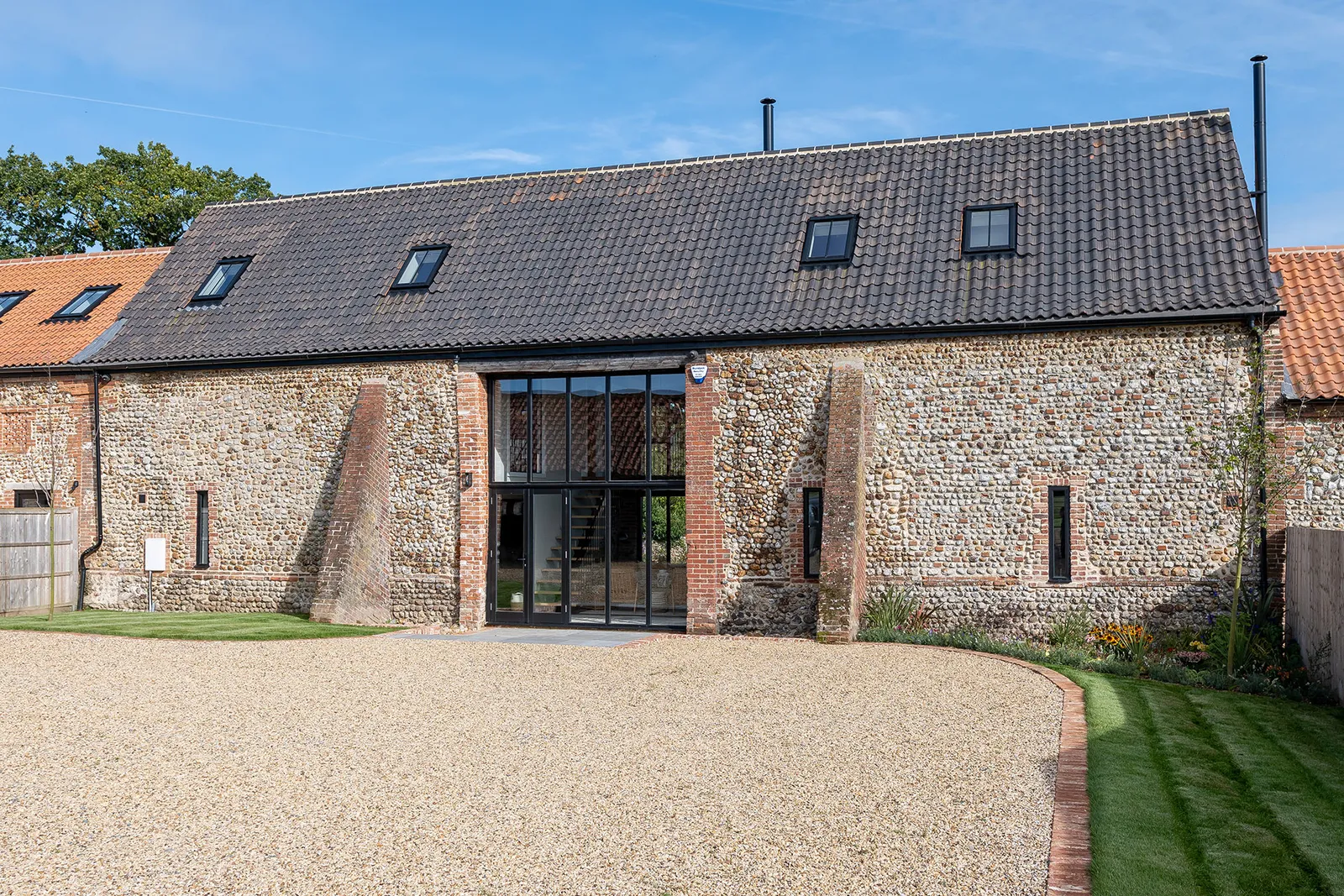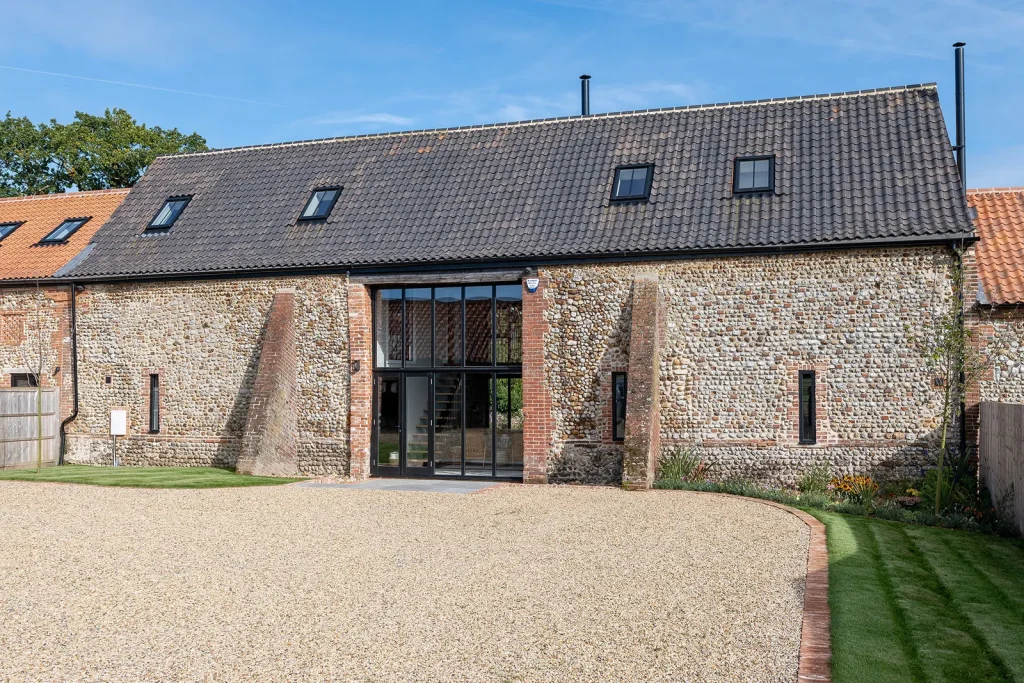
Barn Conversions: A Wise Investment?
Barn conversions have become increasingly popular in recent years. As savvy investors and homeowners alike recognize the unique charm and potential these structures offer. Beyond the aesthetic appeal, barn conversions can be a wise financial investment, with the potential for a significant return on investment. In this blog, we’ll delve into the financial aspects of barn conversions. Exploring the factors that influence their resale value and providing tips on maximizing your investment.
The Financial Appeal of Barn Conversions:
- Initial Costs vs. Long-Term Value: Barn conversions often come with initial costs, including the purchase of the property, renovation expenses, and any necessary permits. However, these upfront investments can translate into long-term value. Renovated barns can command higher prices in the real estate market due to their unique character and the increasing demand for distinctive homes.
- Location Matters: As with any real estate investment, location plays a crucial role in determining the potential return on investment. Barns situated in desirable areas, with good access to amenities, schools, and transportation, tend to fetch higher prices. Proximity to urban centers and cultural attractions can significantly impact the resale value of a converted barn.
Factors Influencing Resale Value:
- Quality of Renovation: The quality of the renovation work is paramount. Buyers are willing to pay a premium for well-executed conversions. That seamlessly blend modern amenities with the historic charm of the barn. Attention to detail in preserving unique features such as exposed beams, high ceilings, and original materials can enhance the property’s appeal.
- Energy Efficiency: With a growing focus on sustainability, energy-efficient features can positively impact resale value. Investing in modern insulation, energy-efficient windows, and eco-friendly heating systems not only attracts environmentally-conscious buyers but also reduces long-term operating costs, making the property more attractive to a broader market.
- Functional Design: A well-designed layout that maximizes the use of space is crucial. Potential buyers often look for functional living spaces that cater to modern lifestyles. Consider open floor plans, ample storage, and versatile rooms that can adapt to various needs.
Tips for Maximizing Investment:
- Thorough Research: Before embarking on a barn conversion project, conduct thorough research on the local real estate market, zoning regulations, and potential demand for converted barn properties. Understanding the market dynamics will help you make informed decisions and maximize your investment.
- Work with Professionals: Collaborate with experienced architects, contractors, and real estate professionals specializing in historic property conversions. Their expertise can ensure that the project meets high standards, complies with regulations, and appeals to a broad range of potential buyers.
- Market the Unique Features: When selling a converted barn, highlight its unique features in marketing materials. Emphasize the historical significance, architectural details, and the lifestyle benefits of living in a one-of-a-kind property. Professional staging and photography can showcase the property’s charm effectively.
Conclusion:
Investing in barn conversions can be a wise financial decision when approached strategically. By considering factors such as location, renovation quality, and energy efficiency, and by working with professionals in the field, investors can enhance the resale value of their barn conversion properties. As the demand for distinctive homes continues to rise, barn conversions present an exciting opportunity for those seeking a unique and financially rewarding investment.






